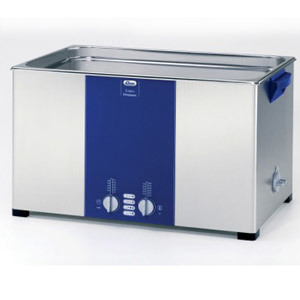A laboratory procedure calls for making 600.0mL of a 1.1M #KNO_3# solution. How much #KNO_3# in grams is needed?
1 Answer
You have all the information you need.
#M_"K" = "39.098 g/mol"#
#M_"N" = "14.007 g/mol"#
#M_"O" = "15.999 g/mol"#
#M_("KNO"_3) = 39.098 + 14.007 + 3*15.999 = "101.102 g/mol"#
#(1.1 cancel("mol"))/cancel("L") * (1cancel("L"))/(1000cancel("mL")) * 600.0 cancel("mL") * (101.102 "g")/cancel("mol")#
#=# #"66.72732 g"#
The scales in my university measure to
But, if you only need
NOTE:
In reality, that is a LOT of

Expect the volume of the water to almost double. When I weighed out

